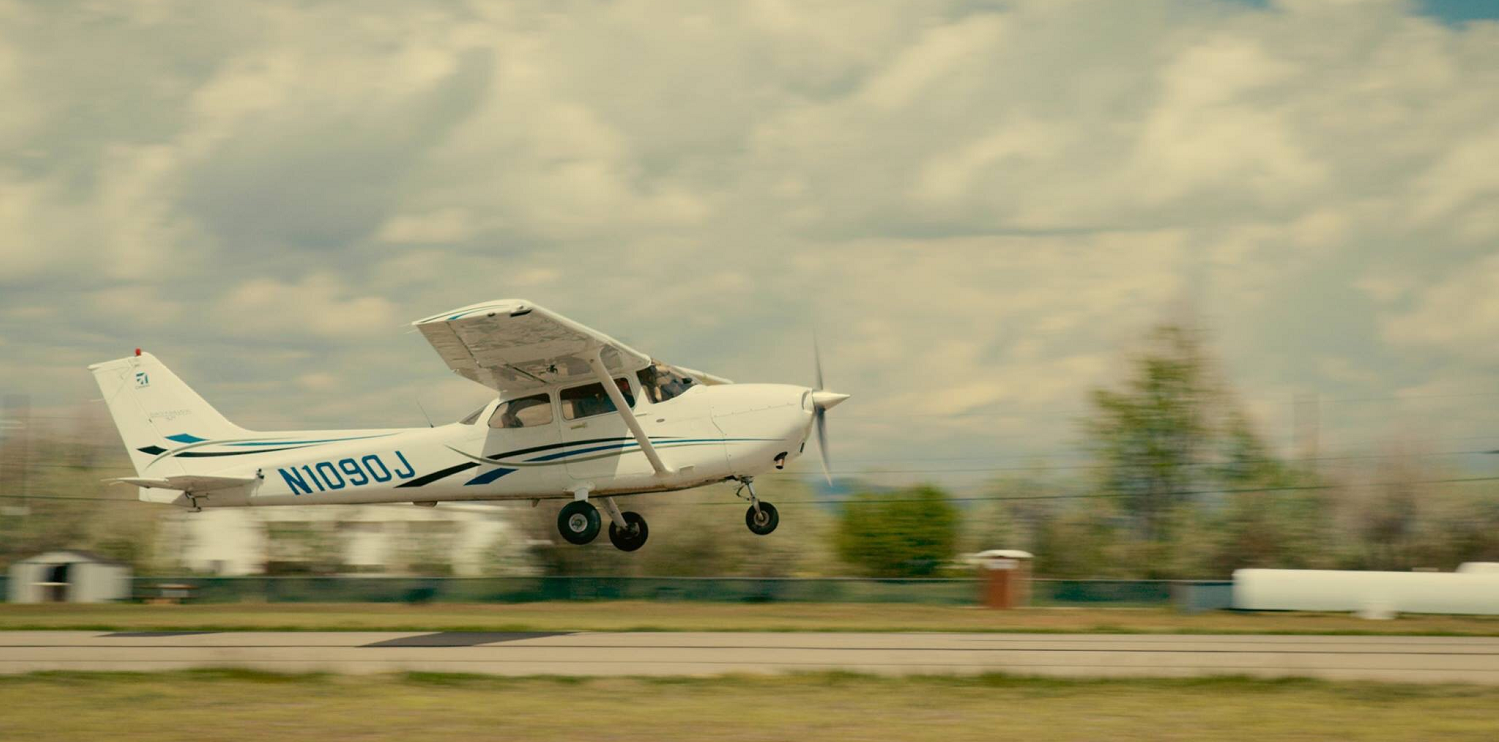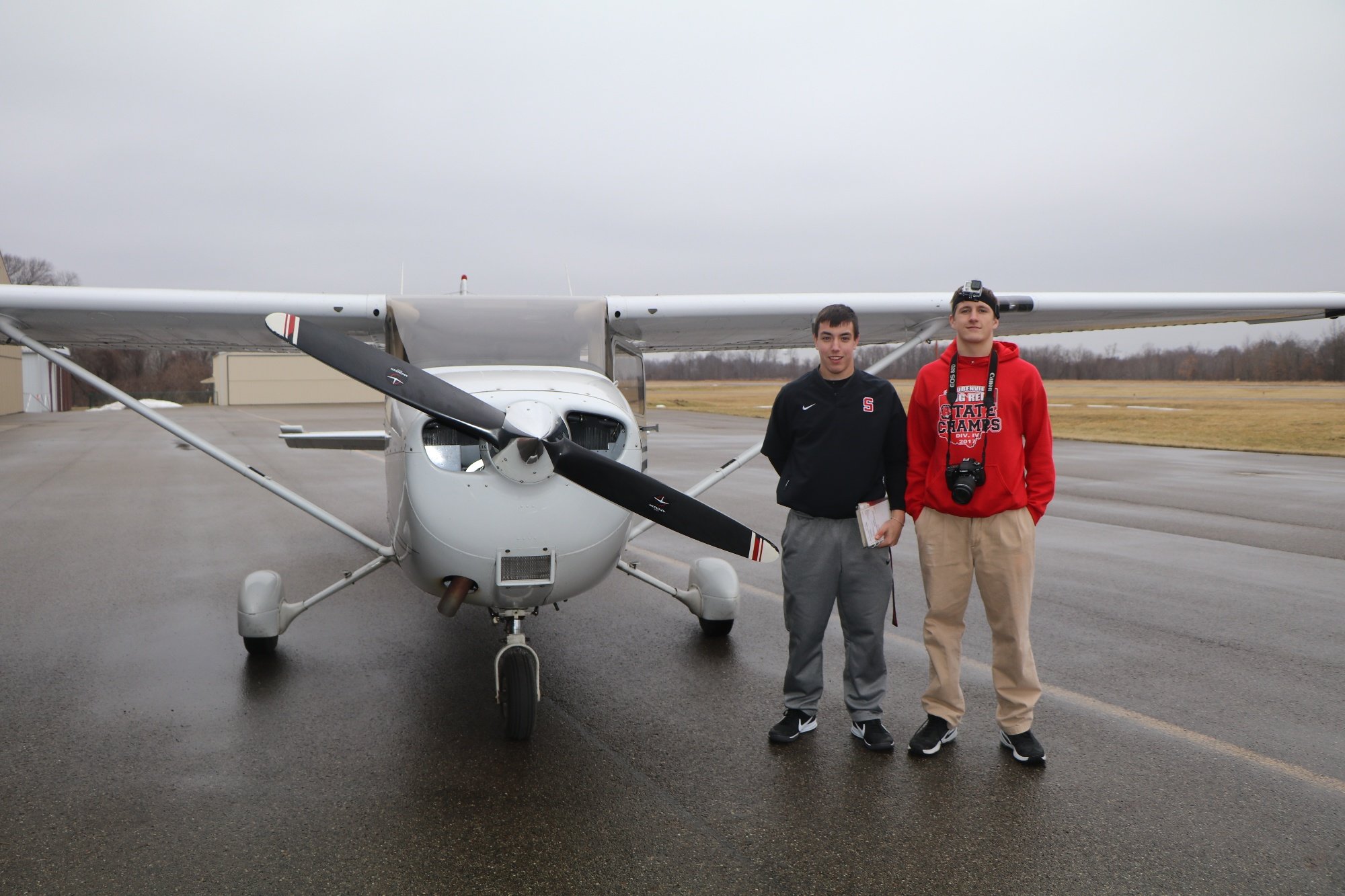STEM your enthusiasm; it’s another post about aviation and aerospace applications in STEM education! This one takes a different track though, so stick around and allow me a chance to STEMulate your creative processes. (Pun making, complete.)
I had the privilege of starting a brand new collegiate flight training program just a bit over four years ago. Like anyone in that position, recruitment of new students quickly became an important concern for us. Having gone to high school in an era when Shop, Home Ec., and Art were the only elective options available, I was blown away by all of the competition that existed in the “things-high-school-kids-can-do-at-school” category. Local high schools were offering robotics, engineering, culinary arts, and even pre-med (what?!?) tracks to engage a new generation of millennial learners that require practical applications to move from simply hearing information to gaining knowledge.
Related: Understanding STEM Education through Aviation
There was one obvious choice woefully absent, I thought. Where is the aviation? How much more STEM can you get than aviation? Science: Chemistry, Physics, Biology, Meteorology. Check. Technology: A heavier-than-air machine defies gravity. Check. Engineering: Wing shapes, engines, propulsion systems, oh my! Check. Math: Flight planning between two points separated by thousands of miles across a spherical globe. Check. Aviation (let alone Aerospace) is the ultimate STEM elective, but it is also the ultimate youth-inspirer. High school students can’t yet become a doctor in high school, or open their own restaurant, but they can become a pilot. Think about that for a second. What better way to inspire a young person to learn critical world knowledge than to preface it in the context of flying themselves over their own community, state, region, etc.?
I know aviation can inspire young people. It inspired me. I was the worst student ever. Okay, maybe not ever, but I was a terrible student. All the stereotypes were there: no motivation, bad attitude, disrespectful, selfish, and, sadly, the list goes on for miles. I fell in love with aviation at a young age. I dreamed of finding my way into an airplane. The promise of a first flight lesson if I made good grades was all it took. The “C” student made the “A” Honor Roll, and continued to do so, graduating high school with a private pilot certificate, an honors diploma, and a 4.4 GPA. Trust me, people, when I tell you that aviation is a dream-realization engine for young people. I’m living proof of that.
So, assuming you’re with me up to this point, you may be asking yourself, “so how can my school take advantage of that?” You may also find yourself pondering over the, “but we don’t have an aviation elective,” notion. I have great news. You don’t need one!
Aviation electives and aviation tracks are great, and if your school has either one, count yourselves very lucky. There are a ton of schools all over the United States that would love to get their hands on what you have. Regardless though, aviation electives are still not the be-all, end-all. I would go so far as to say that they don’t really accomplish the full mission of STEM education, at least not in the purest sense. Elective classes and tracks still disassociate aviation information from core K-12 learning. Aviation tech teachers can apply aviation concepts to all sorts of core subject areas, but when those students go to math class, they aren’t seeing the connections, at least not to the extent that they could.
That brings me back to where I started. It became apparent to us that we had to get aviation in front of high school students in their core academic classes. I had this flashback to Honors Algebra 2 with Mrs. Brassfield. I uttered those infamous and most-hated words while my eyes neared explosion as my brain winced to comprehend parabolas: “When are we ever going to use this in real life?” She asked me directly, “Eric, you want to fly airplanes right?” The answer to that question was obvious. “Do you think it is important that you understand how the airplane actually moves through the air?” she asked. Click. I was ready to memorize every word in that super-exciting textbook. Four years later, in a college classroom, deriving lift and drag values from flight test data in my aerodynamics class, I had to shrug a smile for a teacher that really understood how to motivate me, and who helped make me who I am today.
With this in mind, we worked with our local school board to create a program we call, FAST: Foundational Aerospace Studies for Teachers. Here’s our program overview.
This program will provide secondary teachers the opportunity to develop strategies to bring aerospace content into their classrooms. By combining ground training and flight simulation experiences, this program aims to help non-aerospace faculty better understand basic aerospace applications for their courses. This strategy will aid non-aerospace faculty in bridging the gap between traditional classroom content and aerospace-specific STEM content.
The goal is simple. Empower core academic teachers with the knowledge they need to help other “Eric’s” answer that age-old “when am I ever going to need to know this” question.
In our first beta test, we did a day of classroom instruction on core aviation/aerospace knowledge, like aerodynamics, weight and balance, weather, etc. The teachers were assigned homework (yes, that works both ways!) to come in for the second day with a lesson plan prepared in their primary subject discipline to apply what they learned on the previous day. I was honestly stunned by their ingenuity. I had a government teacher explain the three branches of government using the stability and control axes of an aircraft! I had a math teacher teaching basic graphing using a weight and balance diagram. I had a foreign language teacher explain the importance of English language competency in the global aviation industry using case studies of misinterpreted radio communications that resulted in aircraft accidents. Wow!
We’ve offered this program twice now, and we’re getting ready to offer it again. The teachers eat it up! It counts for continuing education credit with the district, and these teachers genuinely love having the context to apply these ever-important STEM skills. They’ve inspired me, and each time we run this program, I am consistently amazed at the results. I’ve been invited to visit some of their classrooms to watch their aviation lesson presentation, and I’ve got to say, it works. I can’t encourage schools and districts more strongly to open their minds to teacher training opportunities like this. I guarantee you that there is a flight instructor in your area that would LOVE to come and show anyone who would listen just how perfectly aviation concepts can fit into any core classroom. Of course, if you find yourself in Lakeland, Florida, you can always come STEM it up with us!
Eric Crump is program director of Aerospace at Polk State College where he is happily helping almost 200 men and women pursue their dreams of a career in professional aviation.
Share this
You May Also Like
These Related Articles

How to Manage an Online K12 Classroom

Understanding STEM Education through Aviation
